CultPlatForm_21 - Workshop "Making the Invisible Visible"
07-06-2017
Art – culture – tourism: These three terms provide a tight definition of the cornerstones of our project, the Danube Culture Platform. The European history forms the foundation. The cultural traces with their known and their yet to be discovered, hidden sites will be connected into new cultural routes. With the European Institute of Cultural Routes the project has managed to attract a renowned and strategically important partner. These routes have important integrative power and are most appropriate for cultural tourism.
The main objective is an innovative multilevel policy framework for cultural routes in the Danube area. By implementing a policy learning platform and agreeing on a strategy for cultural routes a fundament for future cooperation and development along the river is laid. This platform is a testimonial on participative governance for cultural routes involving stakeholders from 14 EUSDR countries, from culture, tourism and science.
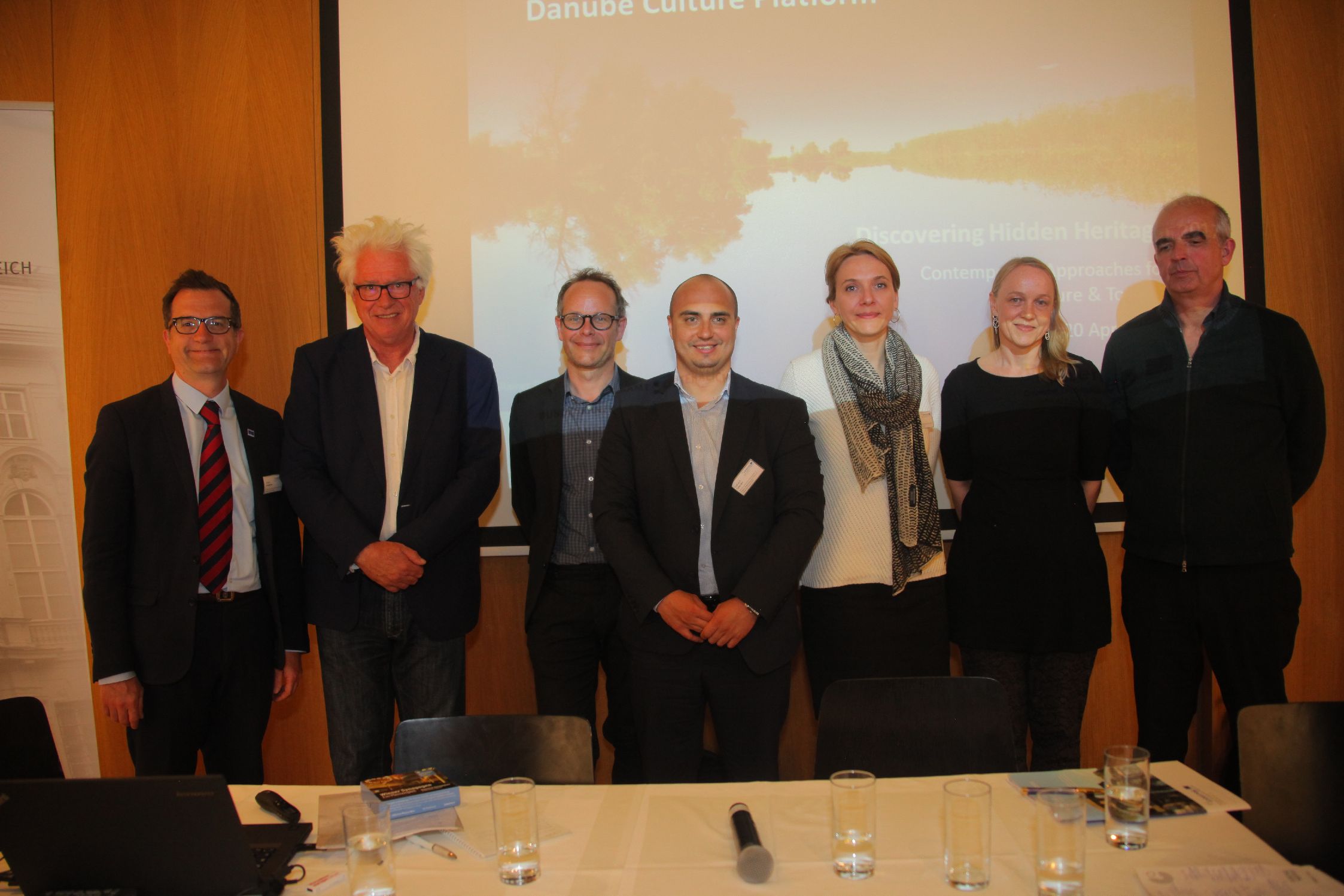 It connects culture and tourism, governmental and non-governmental bodies to promote innovative formats and audience development for cultural heritage. It is the driving force for strategic development, future activities and cooperation of culture and tourism stakeholders in the Danube region. Its focus lies on promoting cultural exchange, facilitating history and connecting culture and tourism.
It connects culture and tourism, governmental and non-governmental bodies to promote innovative formats and audience development for cultural heritage. It is the driving force for strategic development, future activities and cooperation of culture and tourism stakeholders in the Danube region. Its focus lies on promoting cultural exchange, facilitating history and connecting culture and tourism.
In three thematic meetings the platform discusses these topics. Workshops and seminars herein give stakeholders the chance to learn from others experiences and exchange know-how. Each meeting is subject to a specific relevant issue concerning cultural routes. It supports concrete and vivid policy development. The first cultural policy workshop Discovering Hidden Heritage during the kick-off in Vienna on 20 April 2017 established this platform and focused on the relation of culture and tourism in two panels.
The second panel Making the invisible visible focused on questions concerning hidden cultural heritage: To boost the attractiveness of cultural routes, artistic interventions, ICT and cultural heritage are interlinked to deliver contemporary experiences for the audience, tested in pilot projects that deliver concrete and transferable results.
How can new narratives – stories that stretch over the entire Danube area – be told for old and new cultural heritage sites?
How can previously undiscovered sites be upgraded and included?
What are the artistic tools to make the invisible visible?
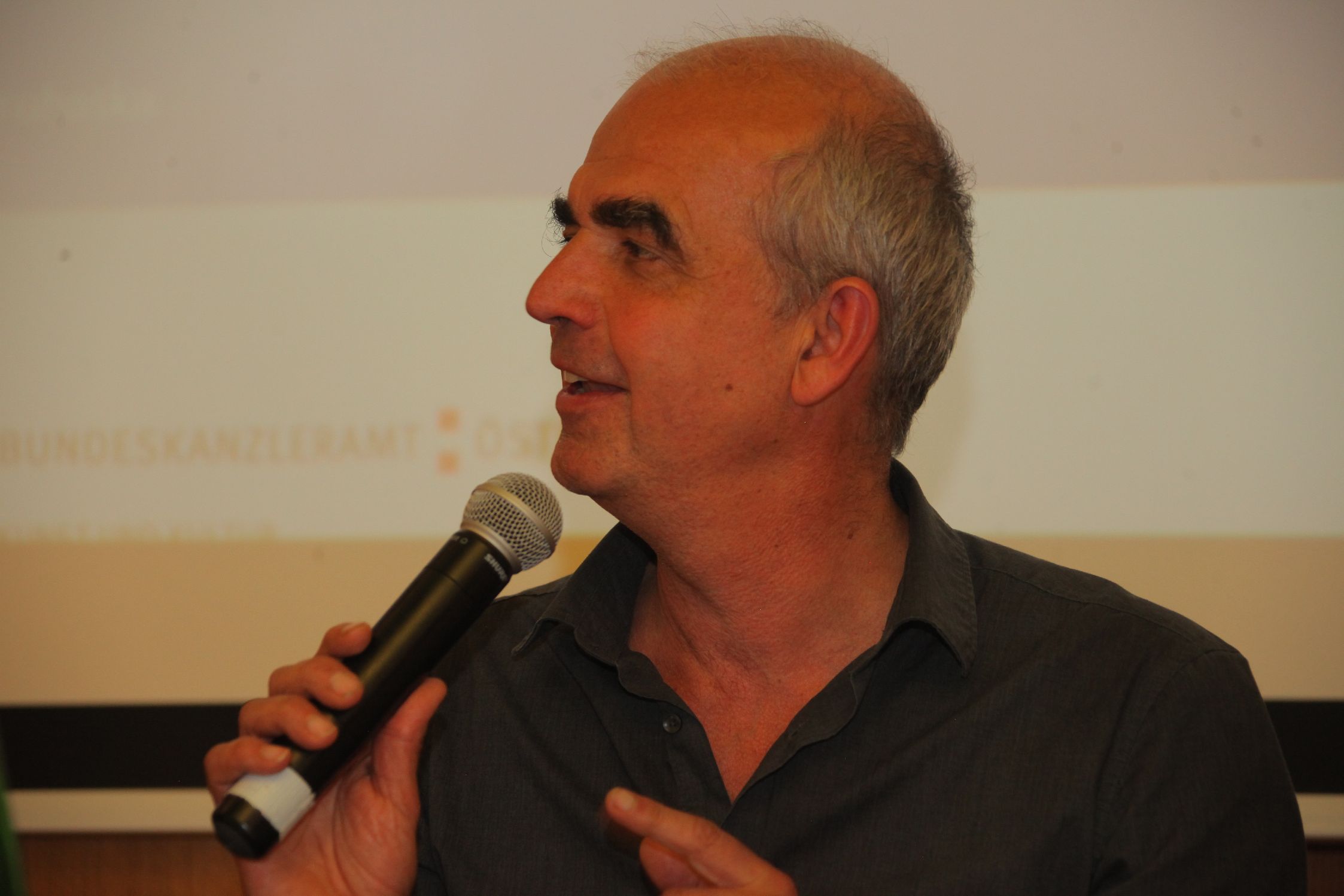 Martin Sturm, Artistic director of the Upper Austrian Cultural Quarter Linz (Austria), presented artistic projects to discover hidden and invisible cultural heritage. The missing house by Christian Boltanski was an installation on the front wall of a house in Berlin. The artist installed name-boards with stories and memories of former inhabitants. Another project is Hitler's Bunker that had been located under the main square of Linz: the artist Mischa Kuball drew the outline on the asphalt.
Martin Sturm, Artistic director of the Upper Austrian Cultural Quarter Linz (Austria), presented artistic projects to discover hidden and invisible cultural heritage. The missing house by Christian Boltanski was an installation on the front wall of a house in Berlin. The artist installed name-boards with stories and memories of former inhabitants. Another project is Hitler's Bunker that had been located under the main square of Linz: the artist Mischa Kuball drew the outline on the asphalt.
The synagogue in Stommeln (Germany) is one of the few that weren't destroyed in 1938. Since 1990, artists are invited every year to use the place for artistic interventions: Mischa Kuball, for example, installed a strong, glaring light and Gregor Schneider gave it a whole new façade, hiding the synagogue. Another example Martin Sturm presented is the Audiowalk Gusen (Austria) by Christoph Mayer. On the grounds of the former concentration camp is a residential area today and parts of the barracks are still in use. Visitors can experience the place and engage with both – the present and the past – in this artistic project.
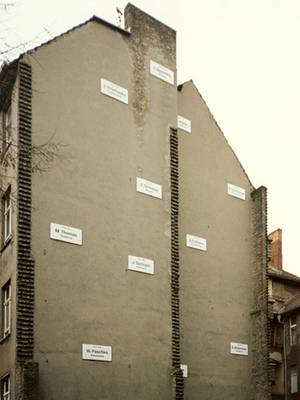
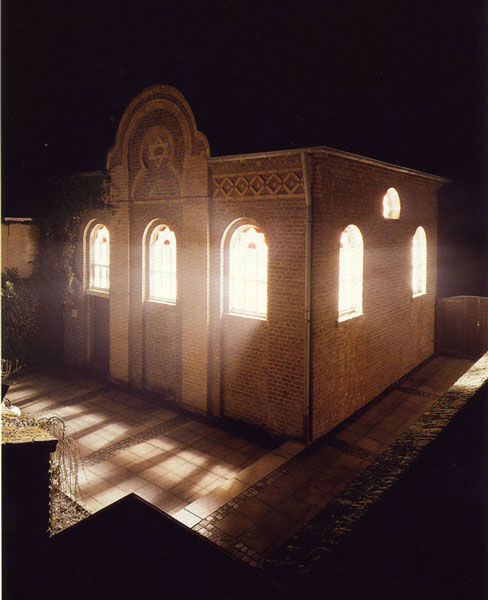
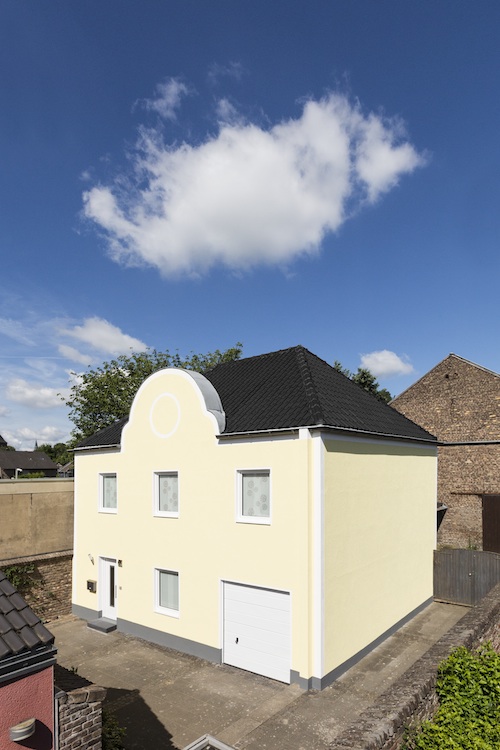
Photos: Holger Hübner, Hubertus Birkner and Gregor Schneider.
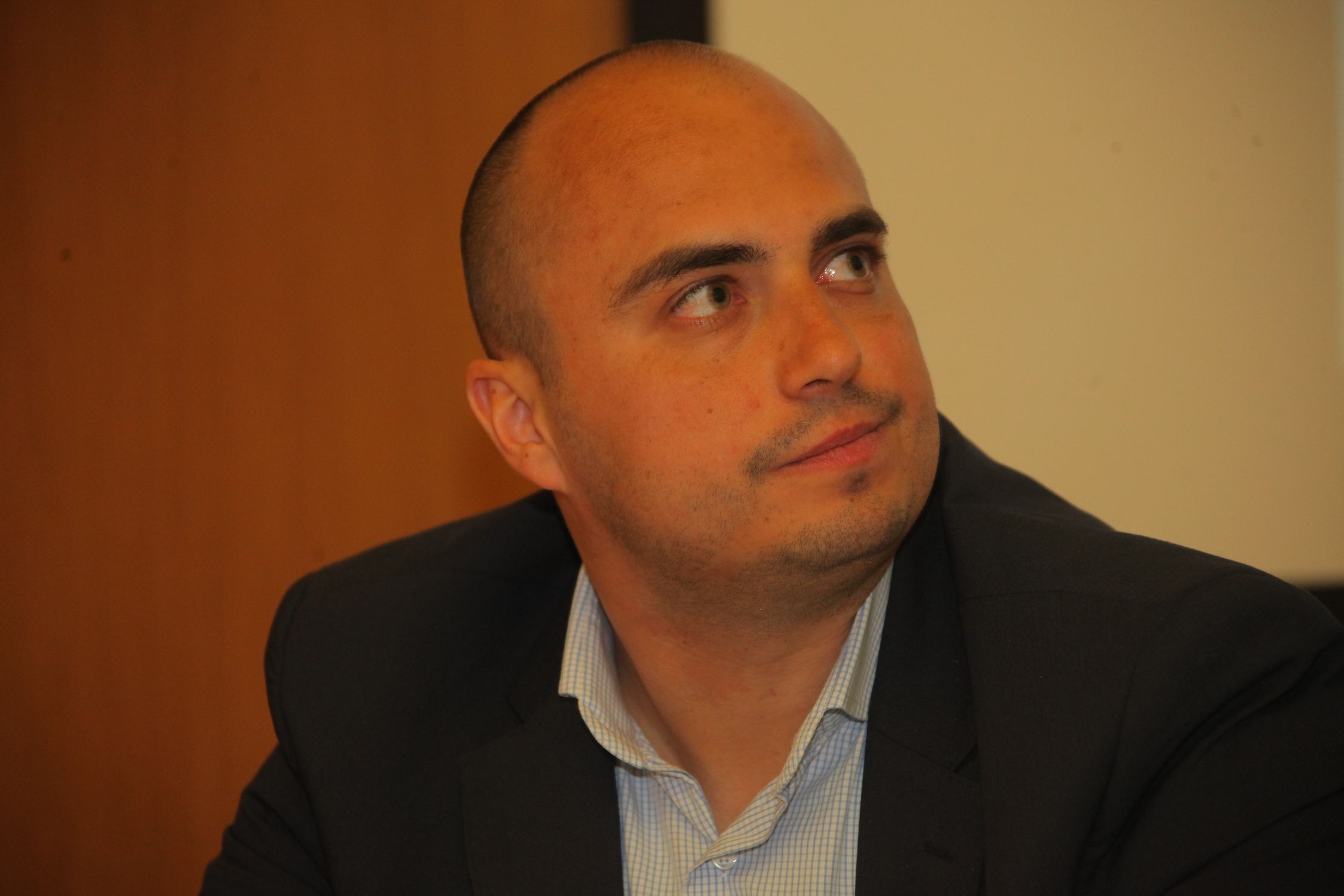 Lyubomir Sirakov, Ministry of Tourism of the Republic of Bulgaria, reported from Viden, a Port on the Danube in Bulgaria, where the population has decreased by 50% in the last 30 years. Viden is not a touristic destination, although 200 cruise ships per year stop there. The tourists do not visit the historic centre, because there is no touristic infrastructure. The question was: How to attract visitors? The city implemented a pilot project to present the two major heritage sites: the defensive system Kaleto and the synagogue which has not been in use since the 1950s. By restoration and rediscovering it through 3D visualisation it will be preserved and made accessible for the public and tourists as well. http://dtp.interreg-danube.eu/uploads/media/approved_project_public/0001/06/aa090214030c00f98d4c08874898b4a5a8d630b3.pdf
Lyubomir Sirakov, Ministry of Tourism of the Republic of Bulgaria, reported from Viden, a Port on the Danube in Bulgaria, where the population has decreased by 50% in the last 30 years. Viden is not a touristic destination, although 200 cruise ships per year stop there. The tourists do not visit the historic centre, because there is no touristic infrastructure. The question was: How to attract visitors? The city implemented a pilot project to present the two major heritage sites: the defensive system Kaleto and the synagogue which has not been in use since the 1950s. By restoration and rediscovering it through 3D visualisation it will be preserved and made accessible for the public and tourists as well. http://dtp.interreg-danube.eu/uploads/media/approved_project_public/0001/06/aa090214030c00f98d4c08874898b4a5a8d630b3.pdf
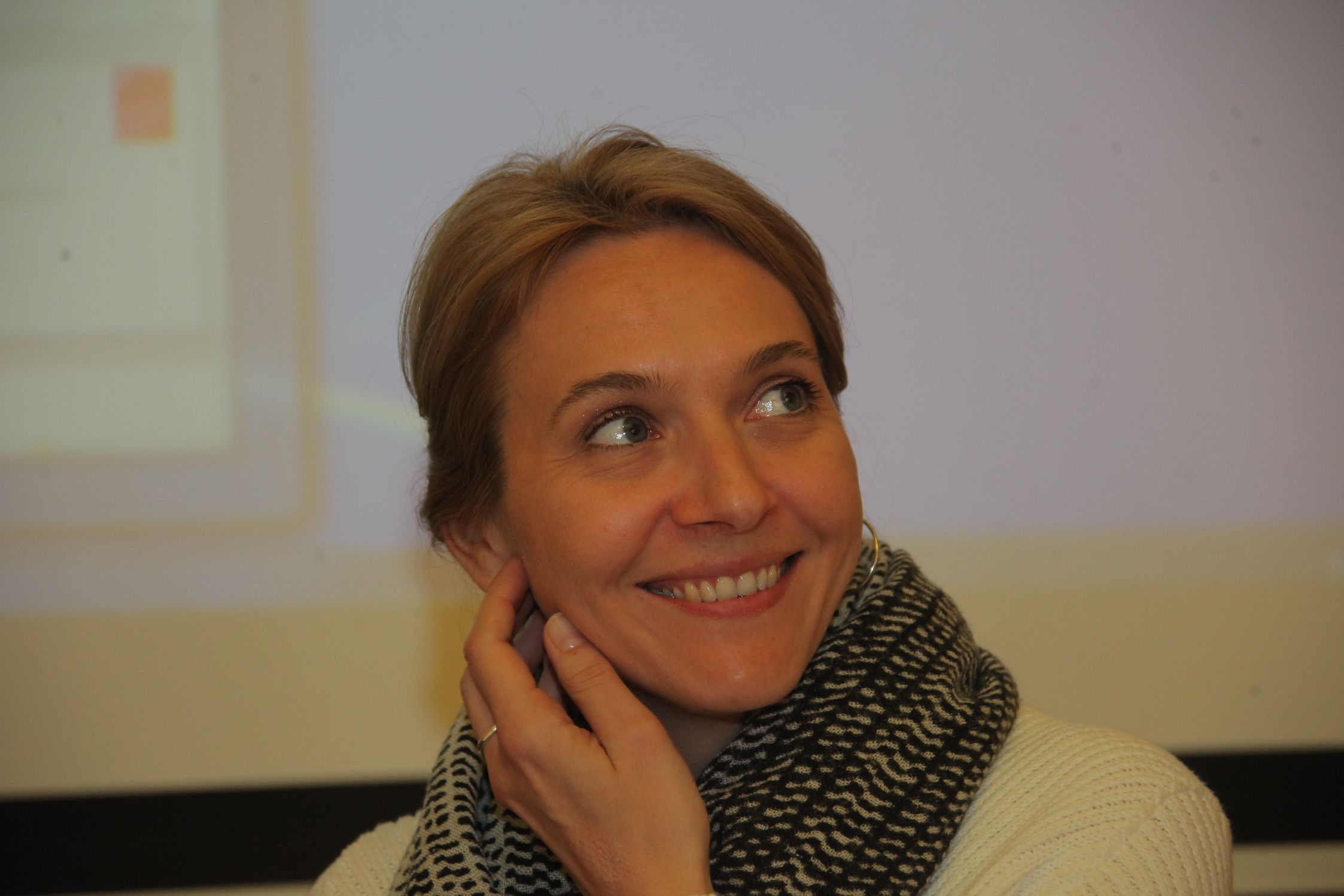 Dubravka Lasic, professor at Arts Academy of Novi Sad, reported on contemporary artistic approaches in Serbia, to make invisible cultural heritage and history visible again, for example in the land art project Pannonian Bicycle Art Path (http://pannonianartpath.uns.ac.rs/?lang=en) in cooperation with Croatian artists. The photo project Novi Sad Now and Then invited people to take part in sessions of 19th century photography, using ancient techniques. Stop City was an artistic project in cooperation with Bordeaux and Istanbul: it contained two weeks of sightseeing, while mapping problems and providing some solutions in a subsequent workshop, e.g. the pollution of the Danube.
Dubravka Lasic, professor at Arts Academy of Novi Sad, reported on contemporary artistic approaches in Serbia, to make invisible cultural heritage and history visible again, for example in the land art project Pannonian Bicycle Art Path (http://pannonianartpath.uns.ac.rs/?lang=en) in cooperation with Croatian artists. The photo project Novi Sad Now and Then invited people to take part in sessions of 19th century photography, using ancient techniques. Stop City was an artistic project in cooperation with Bordeaux and Istanbul: it contained two weeks of sightseeing, while mapping problems and providing some solutions in a subsequent workshop, e.g. the pollution of the Danube.
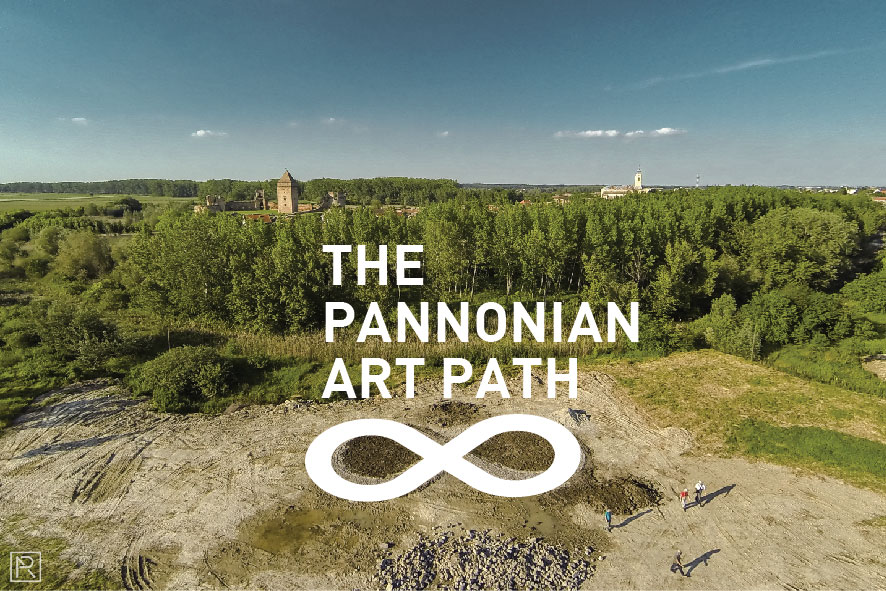
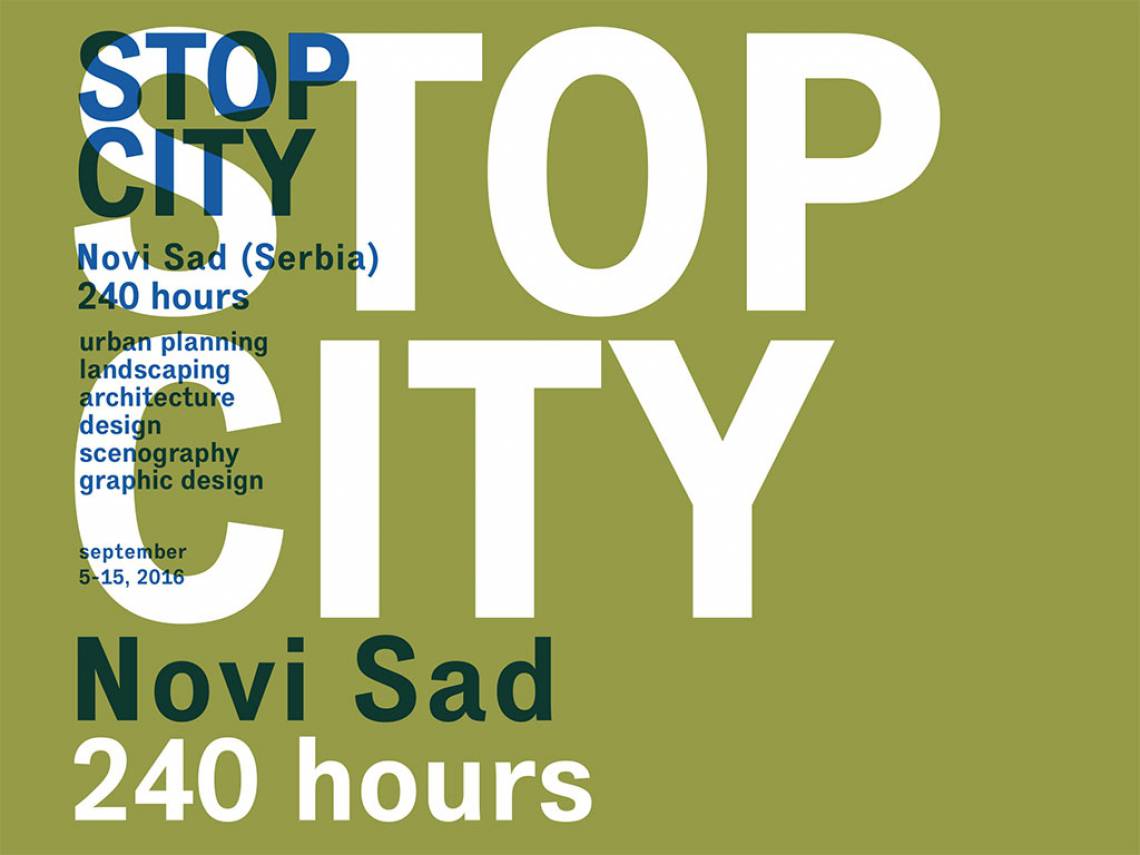
In the project Idea Store, art students bought and sold ideas from/to the passers-by on the street, an innovative way of discovering things that are usually overlooked. In the project Love Triangle (http://bizarrelovetriangle.akademija.uns.ac.rs/), students worked out contemporary artistic solutions and interventions for public sculptures in Novi Sad.


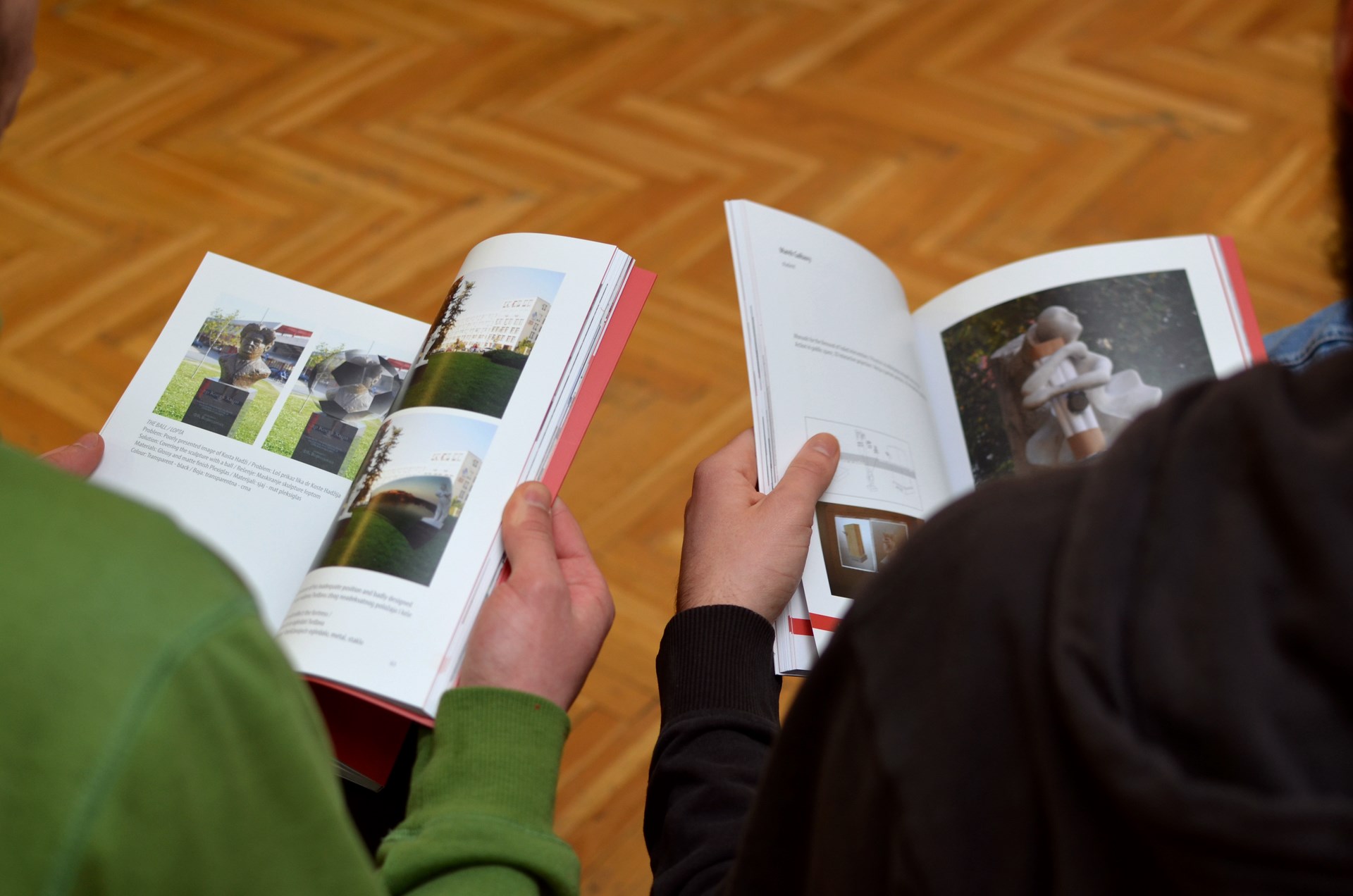

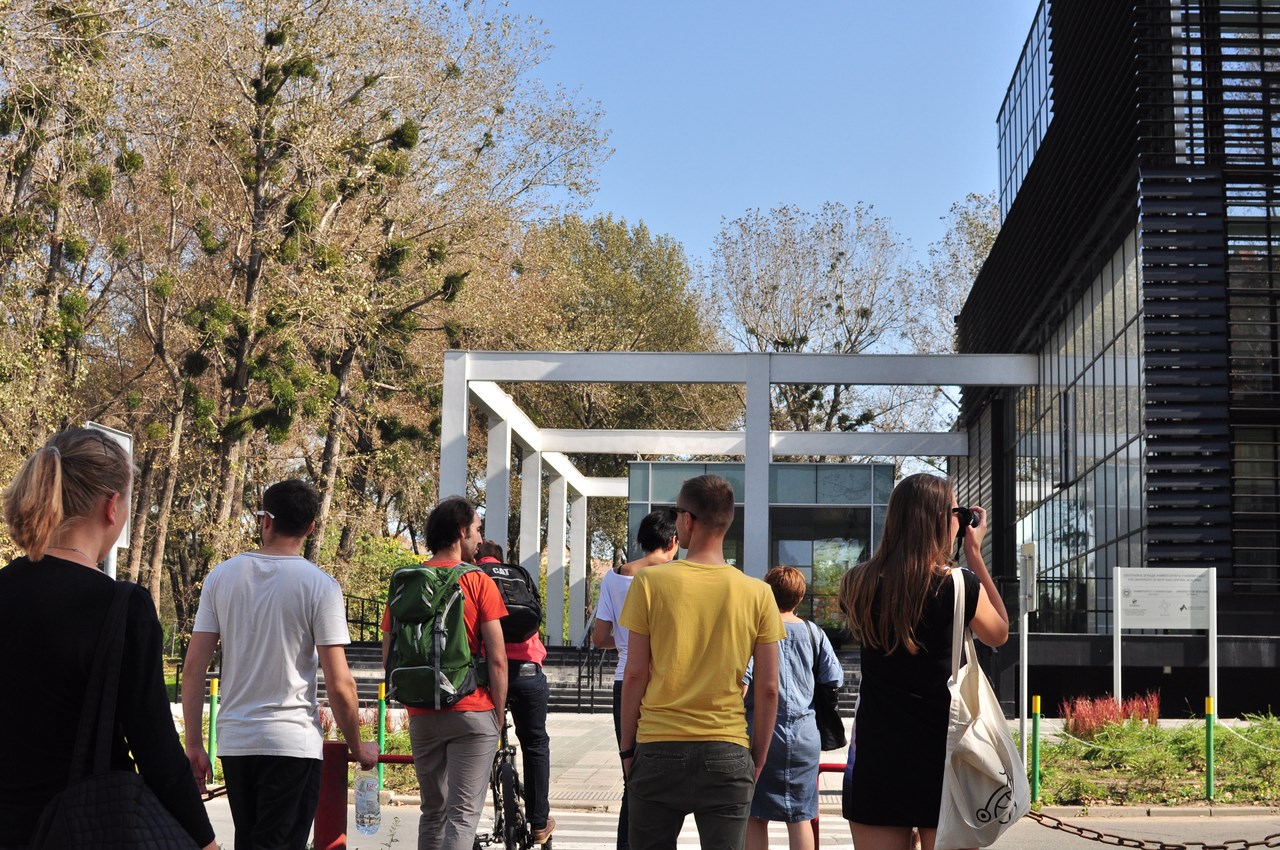

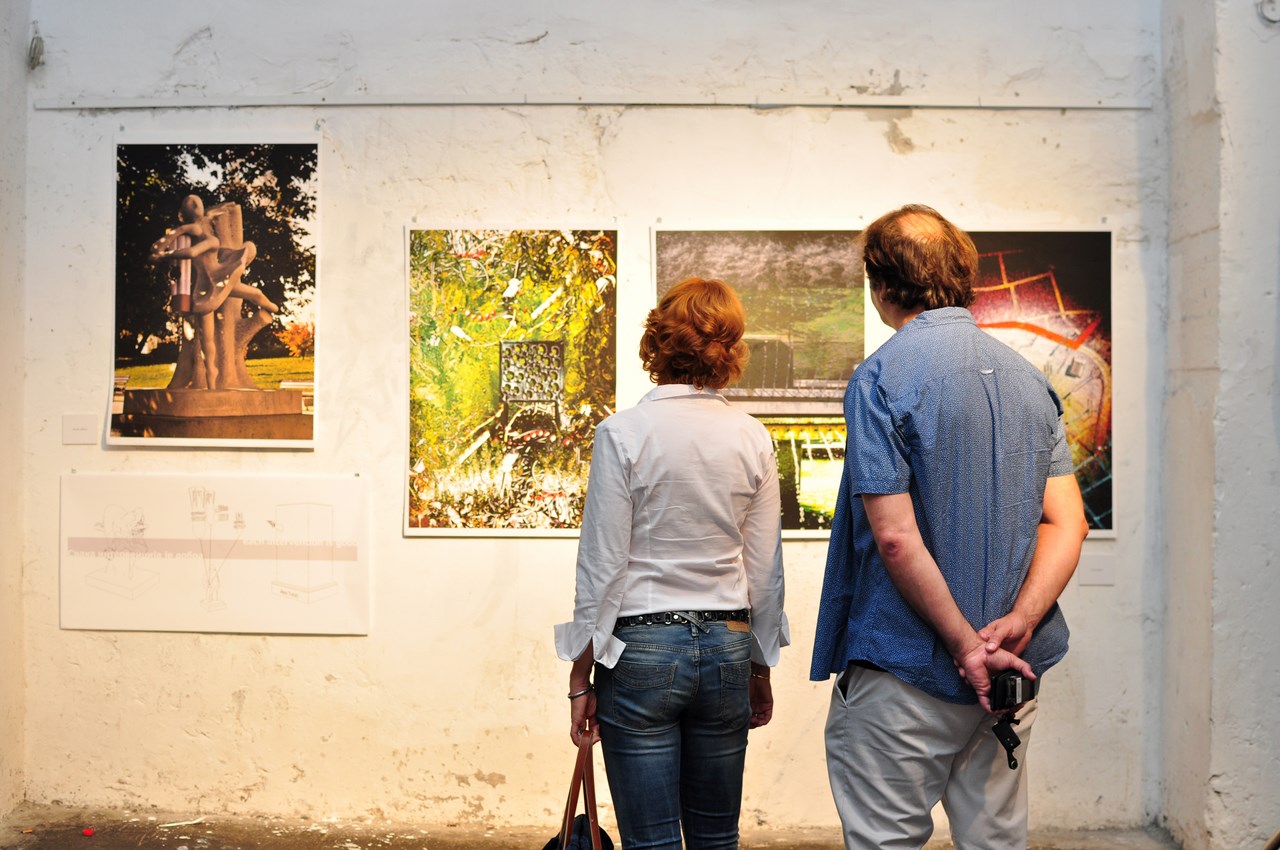
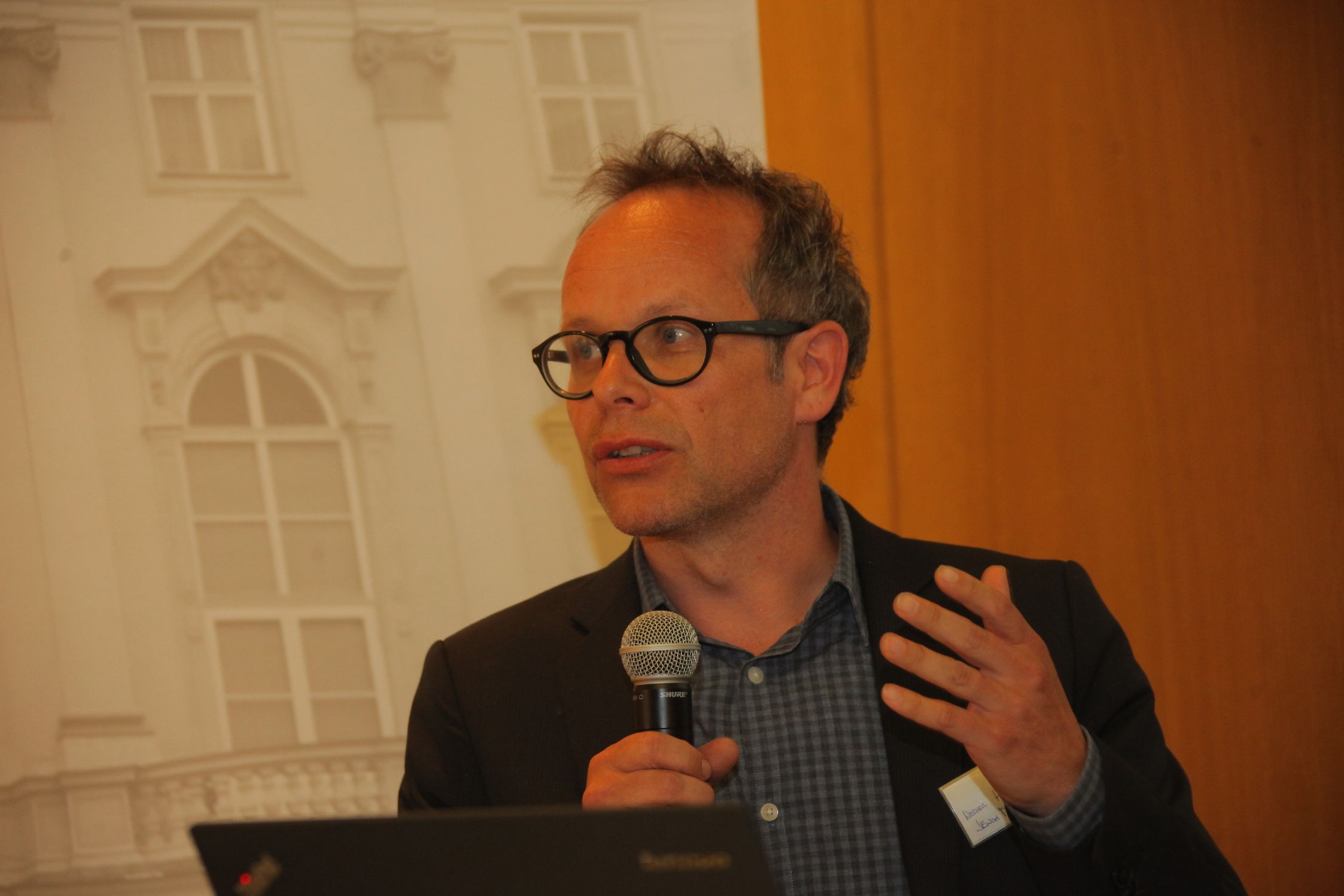 Werner Hanak-Lettner, head curator at the Jewish Museum Vienna (Austria), stressed the need to remember and talk about Jewish history and heritage, even if it isn't always pleasant. The concept of the Jewish Museum Vienna is not only to be a museum but a platform for ideas, to create counter narratives besides the memory of the Holocaust. It is necessary to make a strong statement about life before, during and after the Holocaust and to tell narratives from the perspective of a minority, the Jews of Vienna. The slogan "Our City!" highlights this. Would you like to take a virtual tour through the exhibition? Please click here https://www.google.com/culturalinstitute/beta/partner/jewish-museum-vienna?hl=en.
Werner Hanak-Lettner, head curator at the Jewish Museum Vienna (Austria), stressed the need to remember and talk about Jewish history and heritage, even if it isn't always pleasant. The concept of the Jewish Museum Vienna is not only to be a museum but a platform for ideas, to create counter narratives besides the memory of the Holocaust. It is necessary to make a strong statement about life before, during and after the Holocaust and to tell narratives from the perspective of a minority, the Jews of Vienna. The slogan "Our City!" highlights this. Would you like to take a virtual tour through the exhibition? Please click here https://www.google.com/culturalinstitute/beta/partner/jewish-museum-vienna?hl=en.
The museum exhibition follows the narrative of a broken circle: from 1945 to the present, then turning to the medieval times and finally to 1938/45. The museum spreads projects in the urban environment: for example the visualisation of the 25 destroyed synagogues in Vienna in the form of 3D reconstructions. In the project OT Austrian Artist Brigitte Kowanz and her students started to mark the 25 places with light sculptures in the form of a modified Star of David.
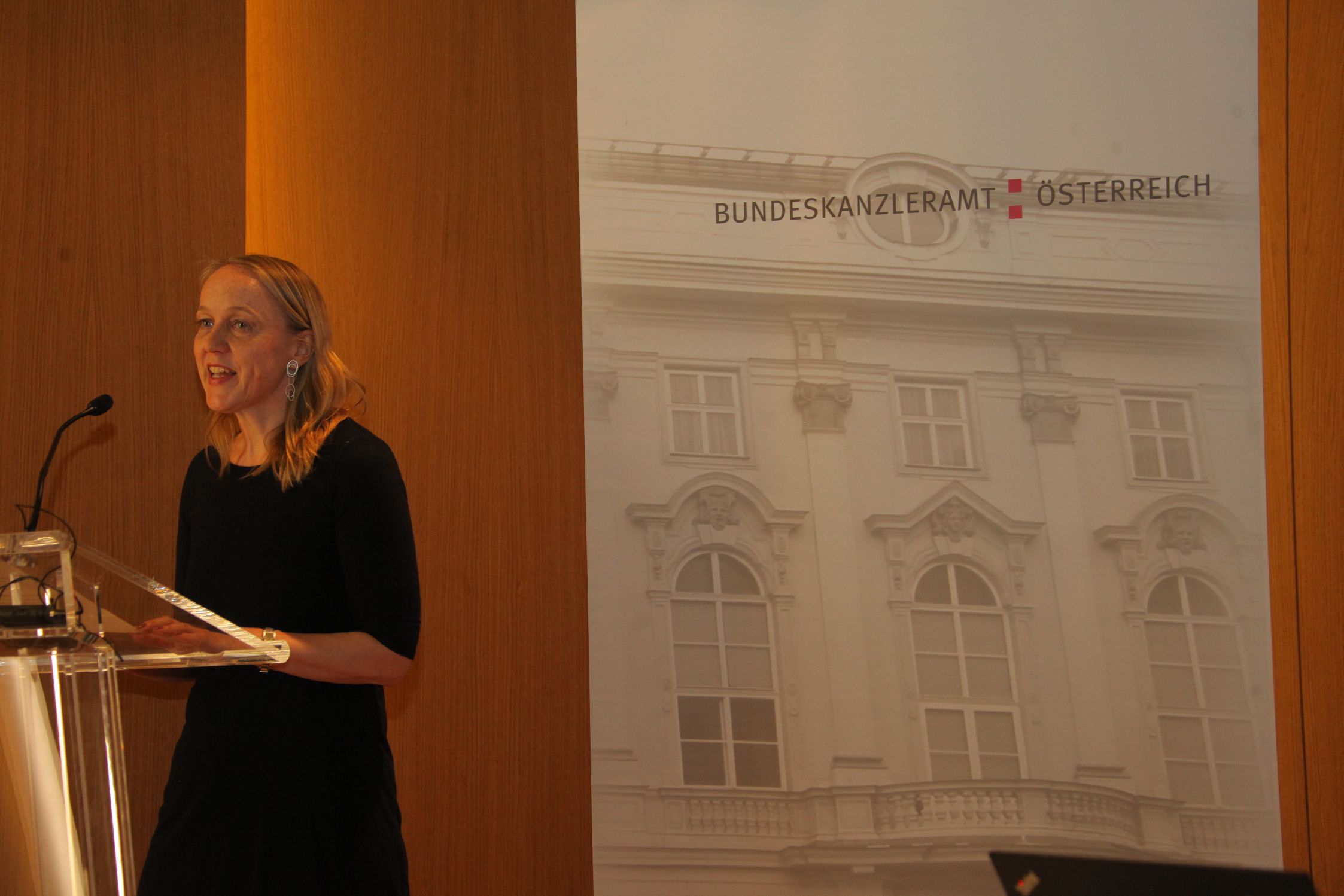

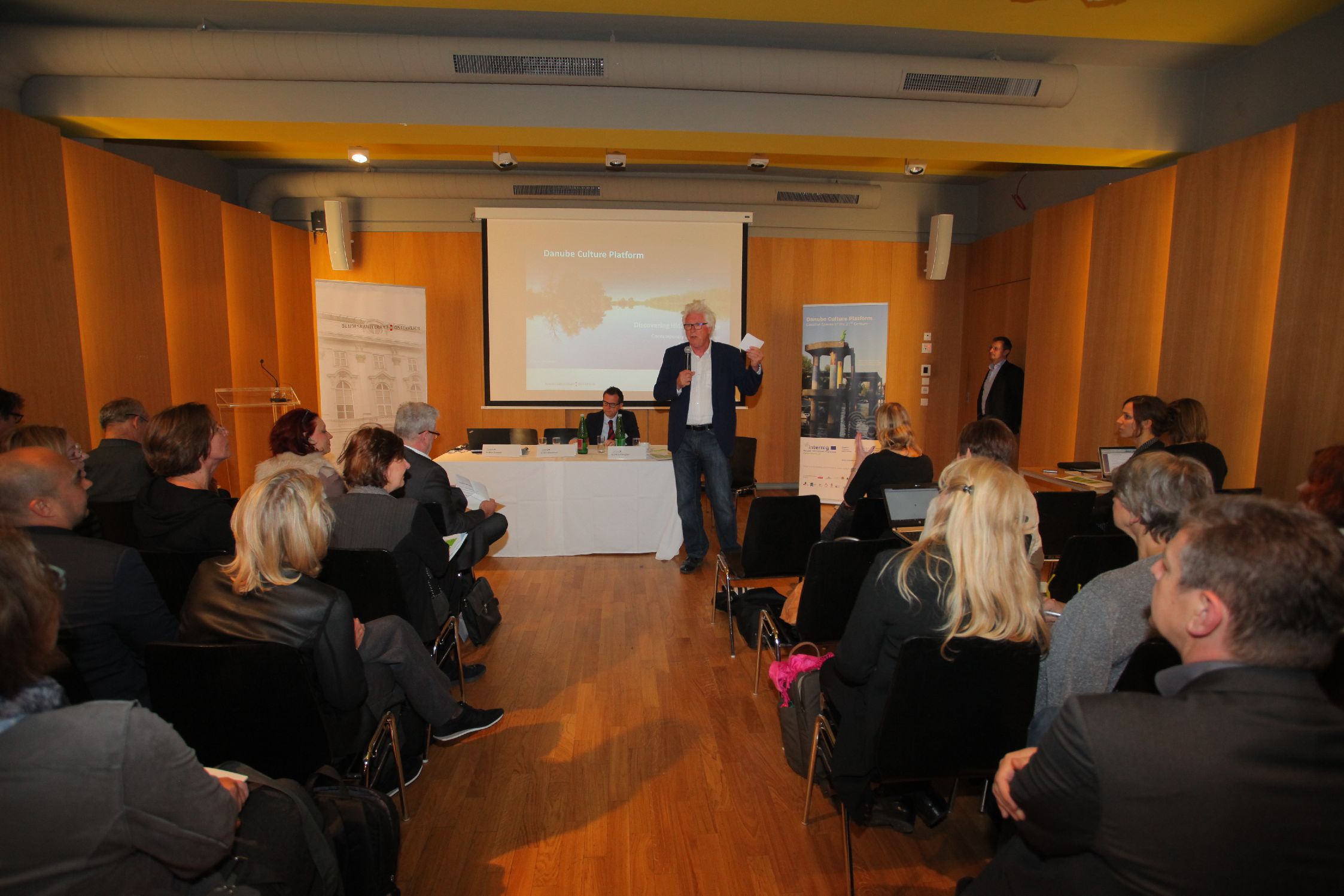
The lessons learnt and next steps were the following: Cultural heritage has to be conveyed for a 21st century audience with new artistic and technological means. These approaches including contemporary arts need mediation to allow the visitors to meet, experience artworks and to get involved. Digital solutions such as apps or online platforms need to be linked to the specific experience of a place. They should work multi-sensually and have to take into account the specific conditions – for example inside a room or open air, equipment available or suitable devices.
Creative Tourism offers, based e.g. on contemporary arts, attract trendsetters. They are smaller in numbers but can act as incentives for larger target groups. Strategies such as cultural routes don’t only work as itineraries for tourists, but as networks of towns and regions, allowing for cross-visibility, collaboration and mutual support. Painful cultural heritage, such as former battlegrounds, should be addressed likewise. It is a basis for connecting communities, overcoming division and encouraging dialogue.
In the ensuing discussion the first cultural policy workshop Discovering Hidden Heritage comes to the following conclusion: Tourism, arts, culture and heritage should be equally acknowledged. Regions should not only develop their touristic infrastructure and define their target groups but also communicate the value of common memories for societies and individuals.
The Danube Region unites quite different countries with different histories, socio-political and economic conditions. This region’s diversity is both a challenge and a chance. There is a need for networked cooperation, knowledge transfer and competence building. Different stakeholders involved need to be open-minded and eager to learn from each other.
Fotos Workshop "Making the Invisible Visible": Wladimir Fried
